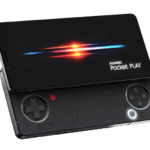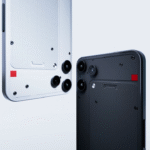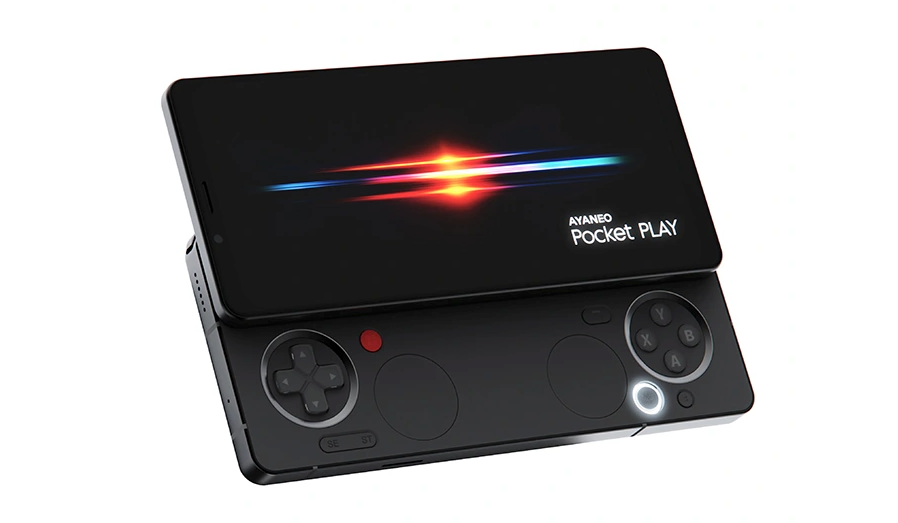Today at CES 2015, NVIDIA has announced a brand new mobile processor for 2015 “Tegra X1”. The X1 is the first mobile processor in the world capable of 1 Teraflop floating point performance, which almost puts it in the same league as desktop class GPU and current generation gaming consoles. The X1 has a new octa-core CPU cluster.
On the GPU side, NVIDIA has turned to using its latest generation Maxwell architecture, which we saw on their flagship desktop GPU this year, the GTX 980. Although not quite in the same league performance-wise, the 256 CUDA core GPU in the X1 is twice as powerful as the Kepler-based GPU on the K1. It’s also capable of 1 teraflop of floating point performance. To put that into perspective, the Xbox One is capable of 1.3 teraflop while the PS4 can do 1.84 teraflop.

The X1 has a 64-bit wide LPDDR4 memory capable of peak memory bandwidth of 25.6GB/s. It is also capable of outputting 3840×2160, that’s 4K @ 60fps, to an internal or external display with support for HDMI 2.0 and HDCP 2.2. X1 also has improved codec supports and can decode VP9, VP8, H.264, H.265 (10-bit) at 2160p60, along with 600 MP/s (megapixels per second) JPEG encode and decode.
Tegra X1 also supports all major graphics standards, including Unreal Engine 4, DirectX 12, OpenGL 4.5, CUDA, OpenGL ES 3.1 and the Android Extension Pack. Mobile devices running Tegra X1 are expected in the first half of 2015 with automobiles leveraging the DRIVE PX and CX in the second half of 2015.














